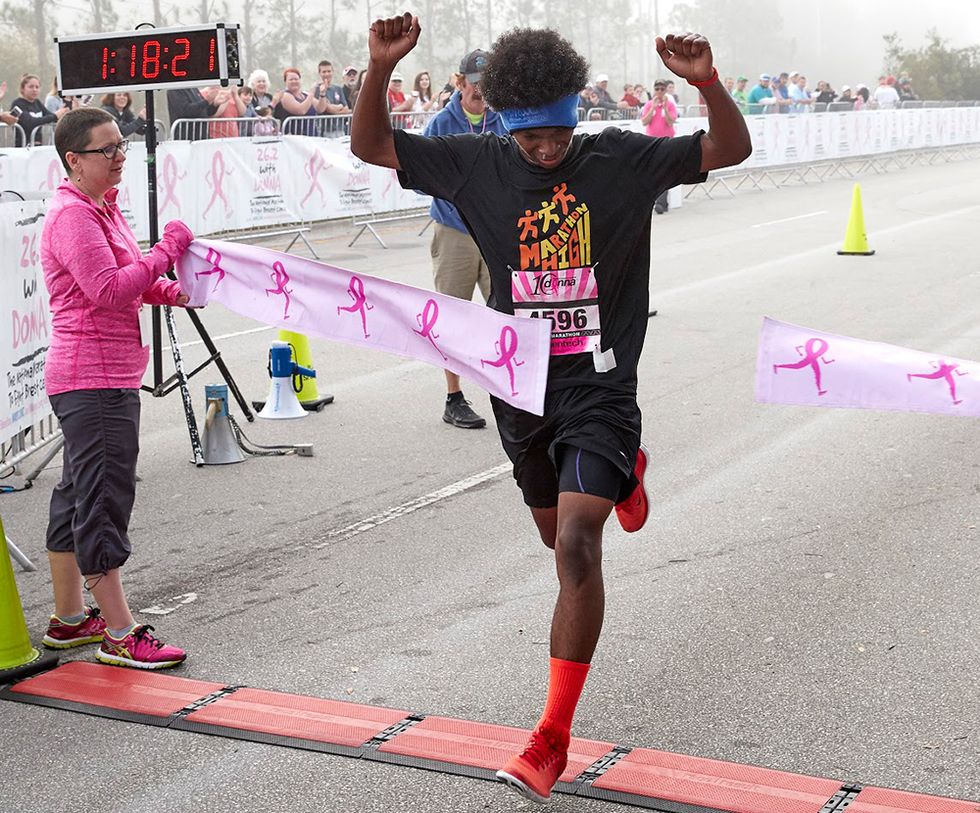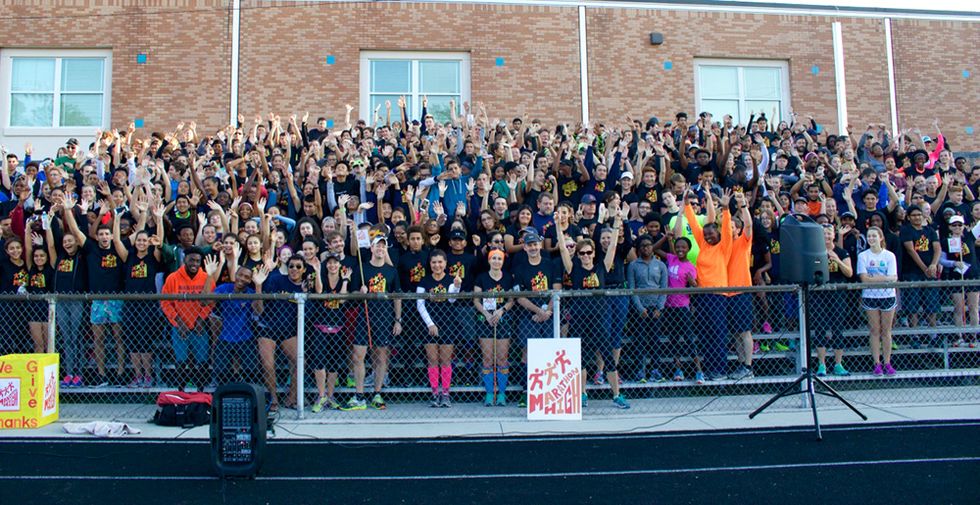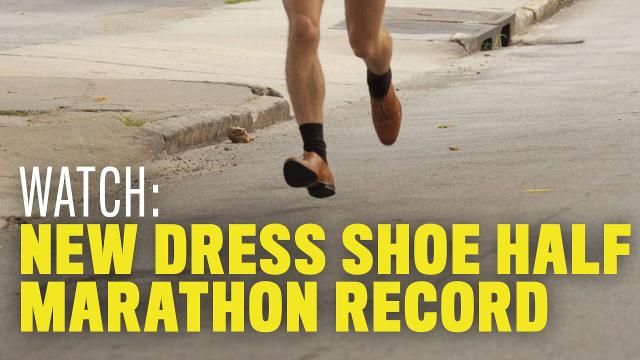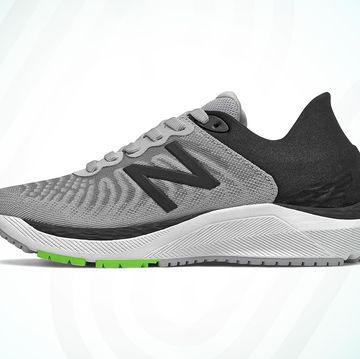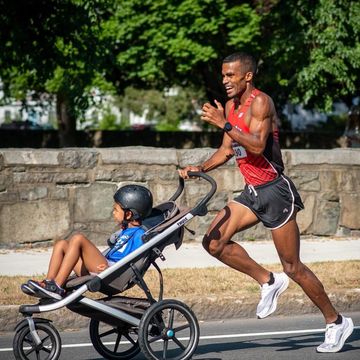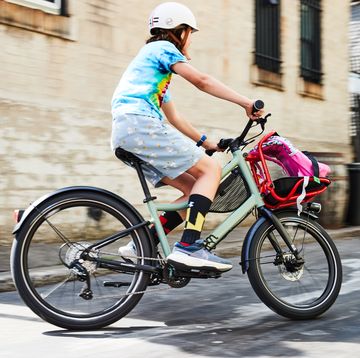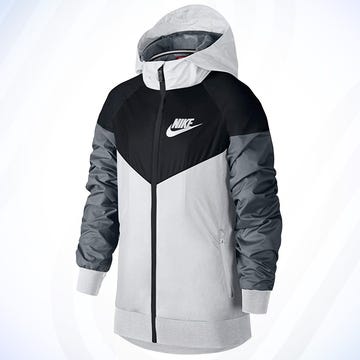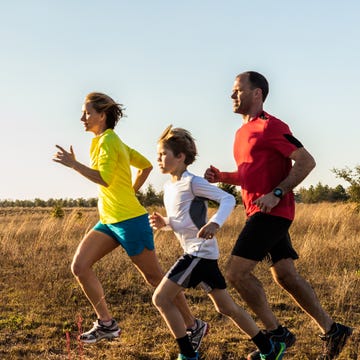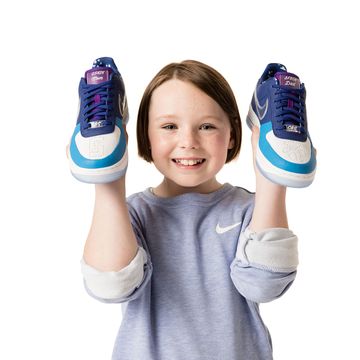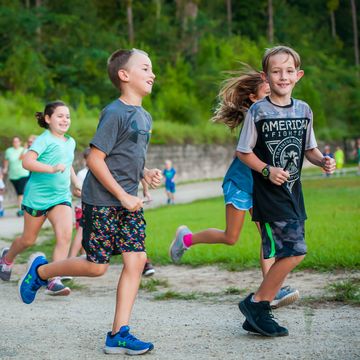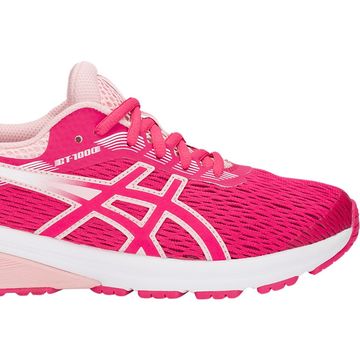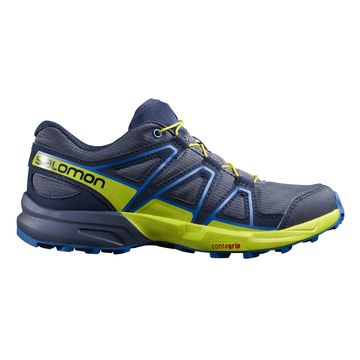Drive through Duval County, Florida, on a Saturday during winter, and there’s a fair chance you’ll witness something extraordinary: packs of teenagers and their teachers, all of varying athletic abilities, running in tandem through the palm tree-studded neighborhoods. They will be weaving alongside the St. Johns River and hoofing it through downtown Jacksonville.
The students are part of Marathon High, a regional nonprofit that challenges at-risk high schoolers to train for and complete a half marathon as a way to inspire more positive futures. Founded in 2011, the after-school program partners with the DONNA Marathon Weekend (the only marathon in the U.S. dedicated to breast cancer research and care) and leverages the Galloway run-walk-run method to introduce never-before runners to the sport.
RELATED: How to Get Kids Into Running
“The biggest lesson our runners learn is perseverance,” says Mitch Press, the head coach of Marathon High at Sandalwood High School, one of more than a dozen high schools that participate in the program. He describes this as “sticking with something, and knowing that you don’t need to do the entire project today—that you can lay the groundwork this week and build on that foundation next week.”
Perhaps no student embodies this notion more perfectly than Terrance Sessoms, the 17-year-old Marathon High runner who won the DONNA Half Marathon this past February in 1:18.22, beating a field of 3,842 to become the youngest winner in the race’s 10-year history. It was only the second half marathon he’d ever run.
Sessoms story is one of hard work, dedication, and an unwavering commitment to teamwork. He didn’t start running until his freshman year of high school, when he tried out for the cross-country team. It was an especially challenging time for Sessoms, as he’d recently moved back to the United States after three years in Guam—his father was stationed there in the Navy—and he struggled to adjust. The one thing that kept him grounded: running. In fact, on a particularly rough day his freshman year, Sessoms ran 20 miles on a whim just to clear his head.
“It’s a good stress reliever,” Sessoms says about running. “I love how free it is; you’re not constricted by any rules.”
Sessoms quickly rose to the top of the team—setting a personal record of 4:28 in the mile and 15:56 in the 5K. By his senior year, he added more running to his schedule by joining Marathon High. The after-school program expanded his love for running as he saw its ability to inspire, transform, and unite his fellow classmates.
RW TRAINING: Prep for your first 13.1 with our training plans.
“A lot of them you would never think would be into running,” Sessoms says of the other students who have joined the Marathon High program. “There’s a big range of interests, goals, personalities, and motivations.”
In addition to naturally talented athletes like Sessoms, “we also want to get the person who can only do a 15-minute mile and open the door to them,” says Patrick Carmody, coach for the fastest group of Marathon High runners at Sandalwood, as well as the school’s cross-country and distance track coach.
The program begins every October, with students running the Magic Mile to determine their pace group. From there, runners split into four different groups of varying speeds.
“It’s nice that everyone gets to run at their own capability,” Carmody says. “That’s the major reason that we get to introduce so many students into running.”
RELATED: School Celebrates 40 Years of Its Mile Marathon
Each group, led by a volunteer teacher, trains three days a week for the DONNA Half Marathon. Tuesday and Thursday workouts follow the Galloway program and are between 30 to 45 minutes, and Saturdays are for long runs. Coaches plan scenic routes through various neighborhoods and along the seashore, and there’s often a theme for the runners’ attire, like crazy socks or favorite sports teams.
“The kids who are more hesitant are really attracted to the fun elements,” Press says. “We’ll have kids who say ‘I don’t want to run, I hate running,’ but they see their teachers and their peers out there having fun and they change their minds.”
But Marathon High is about more than just having fun: it also teaches the importance of giving back. Every season, students develop and execute a fundraising program—like a bake sale, run-a-thon, or customized T-shirt sale. Half of the funds raised support the Marathon High program and the other half are donated to The DONNA Foundation. This year’s Marathon High students raised more than $13,000. The students also regularly volunteer at local races.
Carmody adds that through the program, his runners learn “lots of important things you need in life, nevermind school.” For some, it’s the development of social skills. Nearly all build confidence through “the idea of attaining something that would normally seem impossible,” he says.
RELATED: 7 Ways That Running Makes You A Better Person
To encourage diligence in school, the program enforces a strict academic requirement. Students must maintain passing grades in order to run. “It’s important to learn that in life, you sometimes need to do things you don’t want to do in order to do the things that you want to do,” Press says. “We tell our runners that they are students first, and athletes second.”
The strict rules don’t seem to be scaring anyone off. Last year’s program drew 30 students at Sandalwood; this year, more than 90 signed up.
“It’s been one heck of a snowball,” Press says of the program’s growth. Across the entire Marathon Program, 450 students and teachers ran the half marathon, including 79 students and 11 coaches from Sandalwood High alone. To date, more than 1,200 students have earned a 13.1 finishers’ medal.
“Whether they finish first or last, they finish,” Press says. “We wear our medals the next day at school and the kids are beaming with pride. It’s just fun to see.”
Get inspired to run with these other amazing race feats.

Jenny is a Boulder, Colorado-based health and fitness journalist. She’s been freelancing for Runner’s World since 2015 and especially loves to write human interest profiles, in-depth service pieces and stories that explore the intersection of exercise and mental health. Her work has also been published by SELF, Men’s Journal, and Condé Nast Traveler, among other outlets. When she’s not running or writing, Jenny enjoys coaching youth swimming, rereading Harry Potter, and buying too many houseplants.

